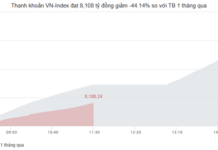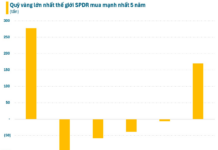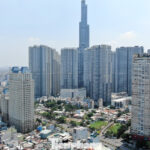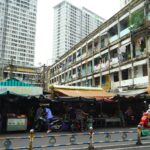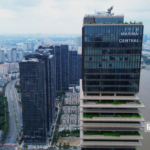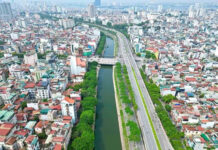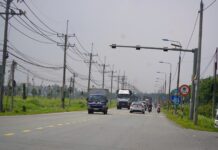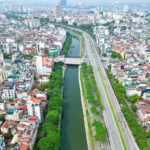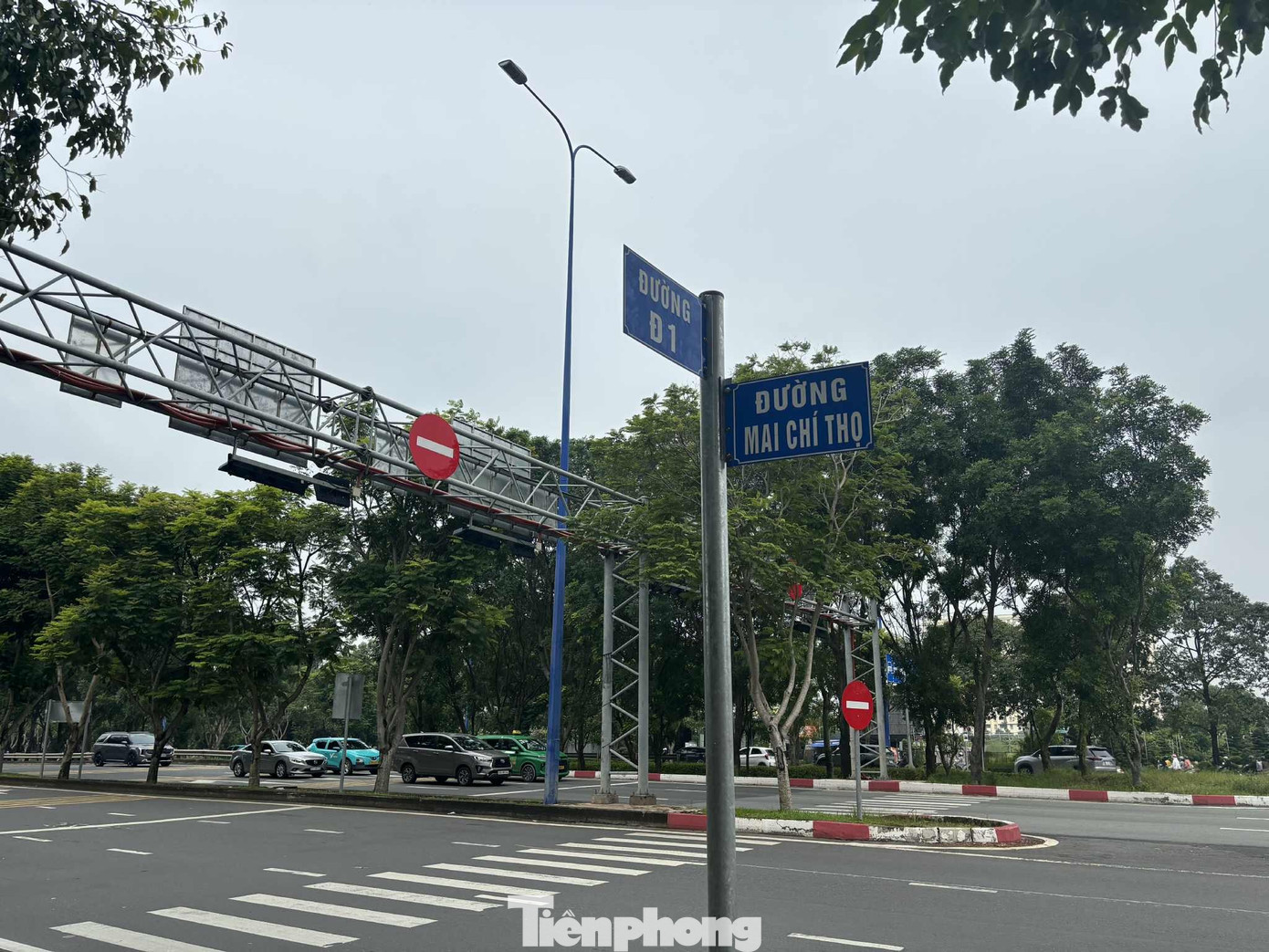
Recently, the Urban Traffic Management Center (under Ho Chi Minh City’s Department of Construction) announced plans to implement a bicycle lane priority project on Mai Chí Thọ Avenue (from Nguyễn Cơ Thạch Street to D1 Street, An Khánh Ward) from October 1 to December 31, 2025.
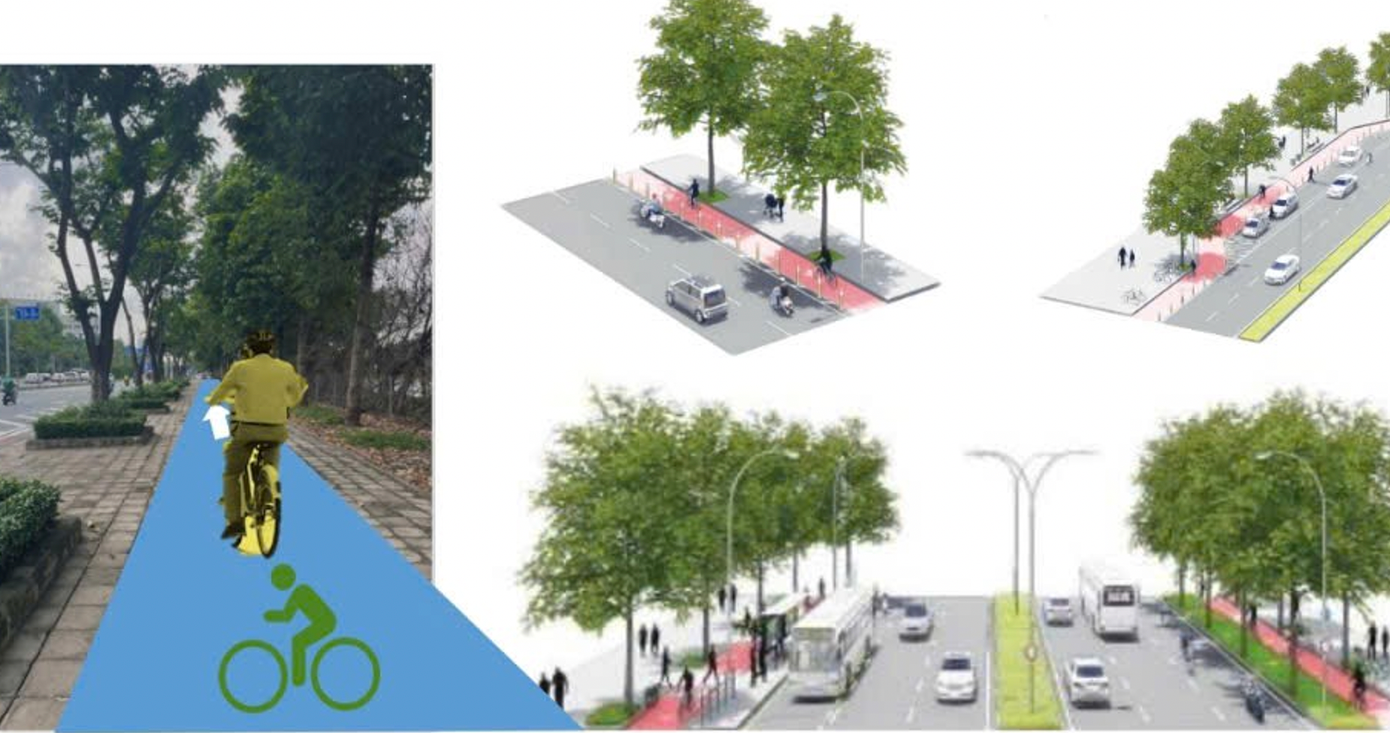
According to the design, the road infrastructure and sidewalks along Mai Chí Thọ Avenue will be transformed into a dedicated 2-meter-wide bicycle lane.
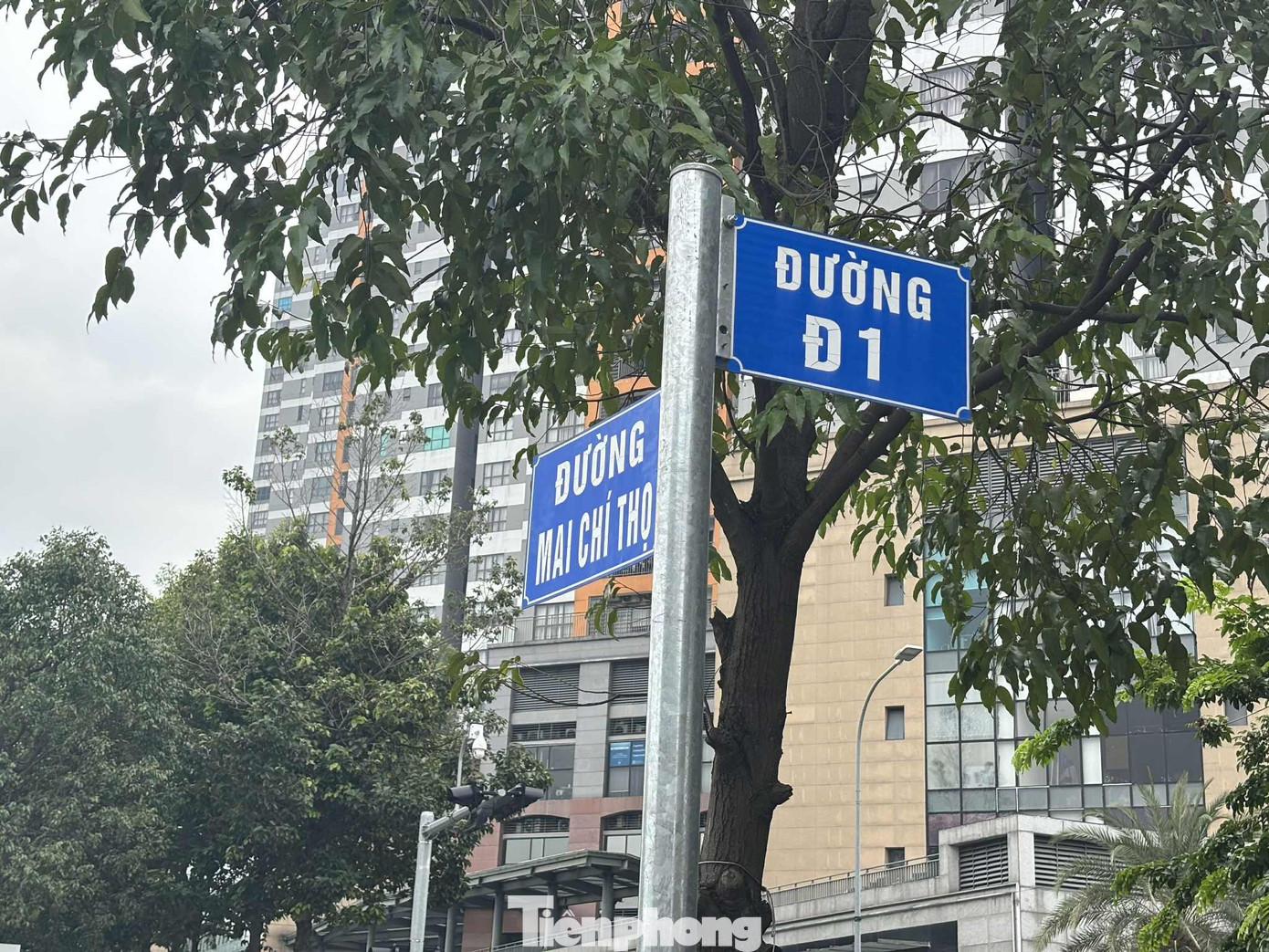
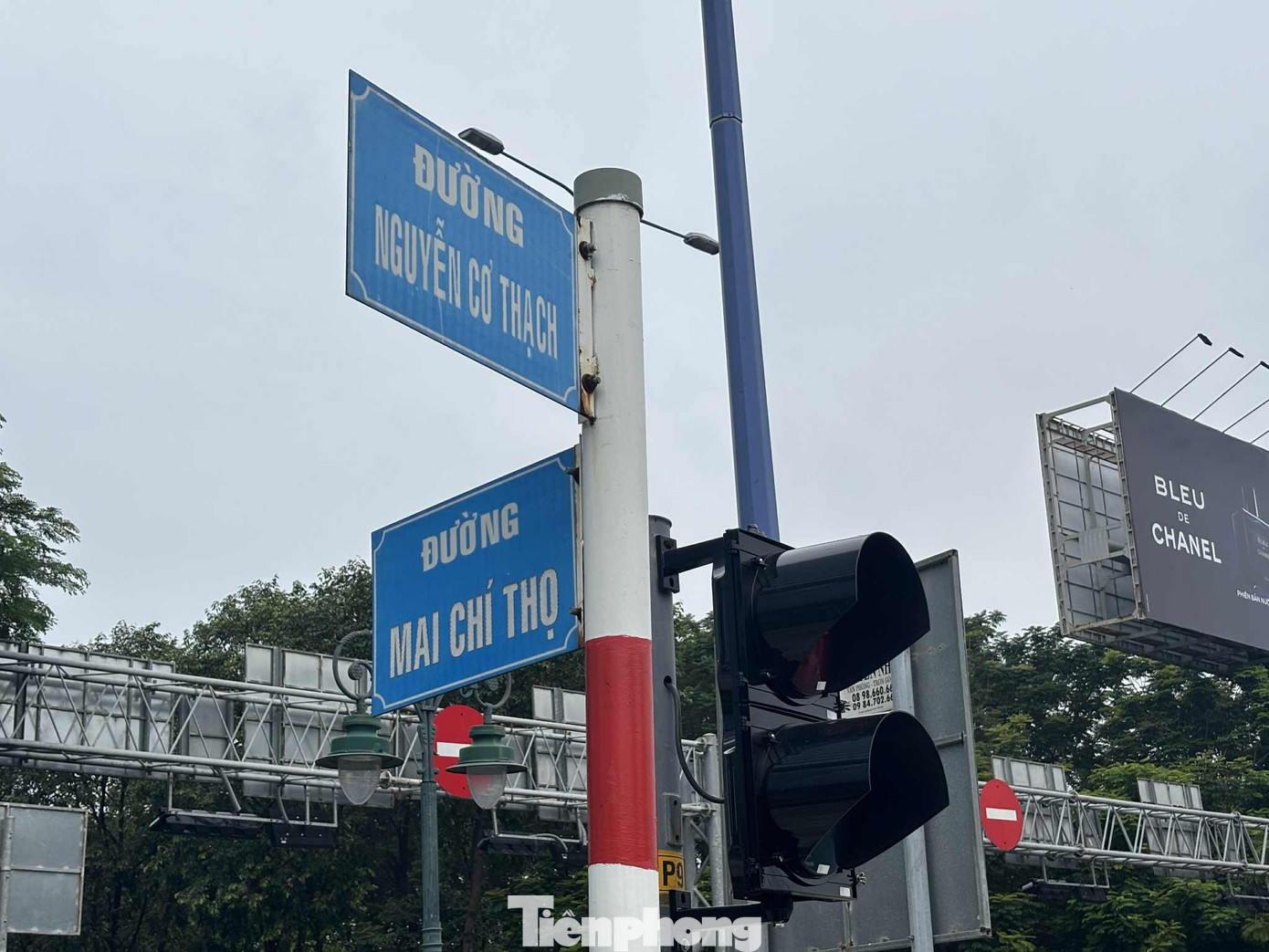
The 5.8 km stretch of Mai Chí Thọ Avenue from Nguyễn Cơ Thạch Street to D1 Street will soon feature a dedicated bicycle lane.
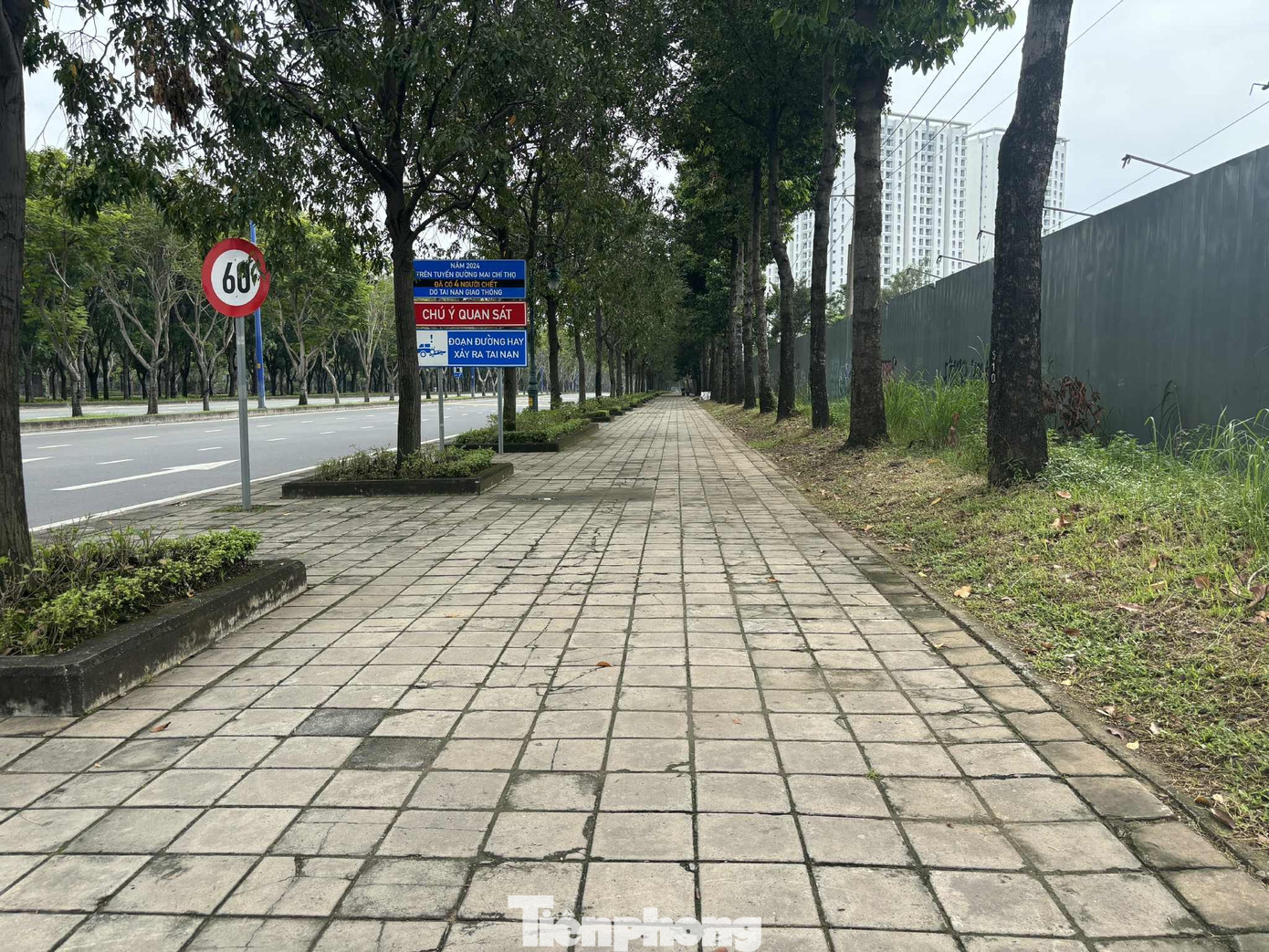
The wide sidewalks along Mai Chí Thọ Avenue from Nguyễn Cơ Thạch to D1 provide ample space for a dedicated bicycle lane alongside pedestrian walkways. This lane will be completely separate from existing motor vehicle lanes.

The project boasts a total investment of 12.7 billion VND, covering a 5.8 km stretch with a width of 20 meters and a designed speed of 20 km/h.

Diagram illustrating the network of bicycle routes, stations, and parking areas along Mai Chí Thọ Avenue.
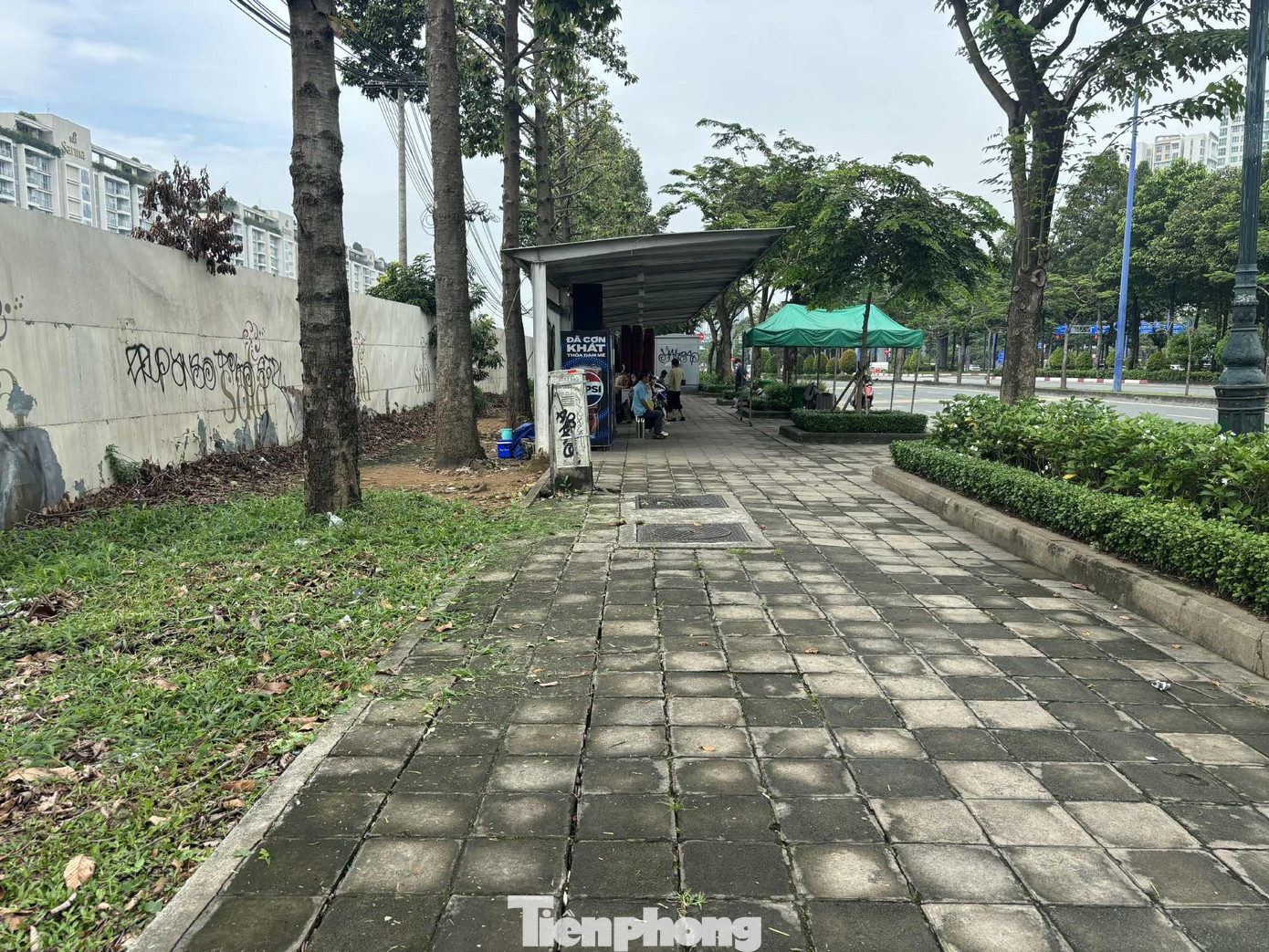
The avenue currently features several passenger transfer points.
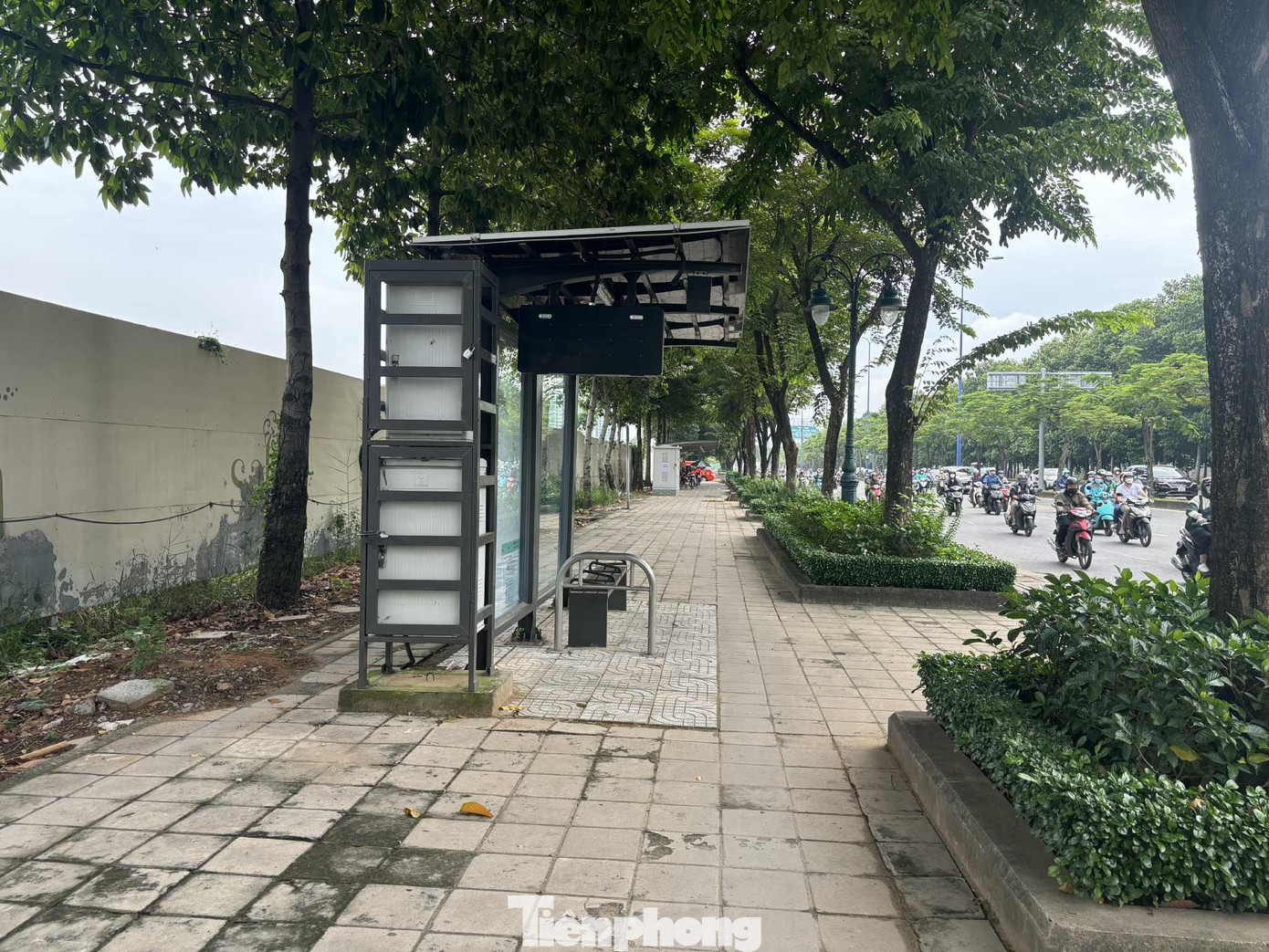
Along with bus stops.
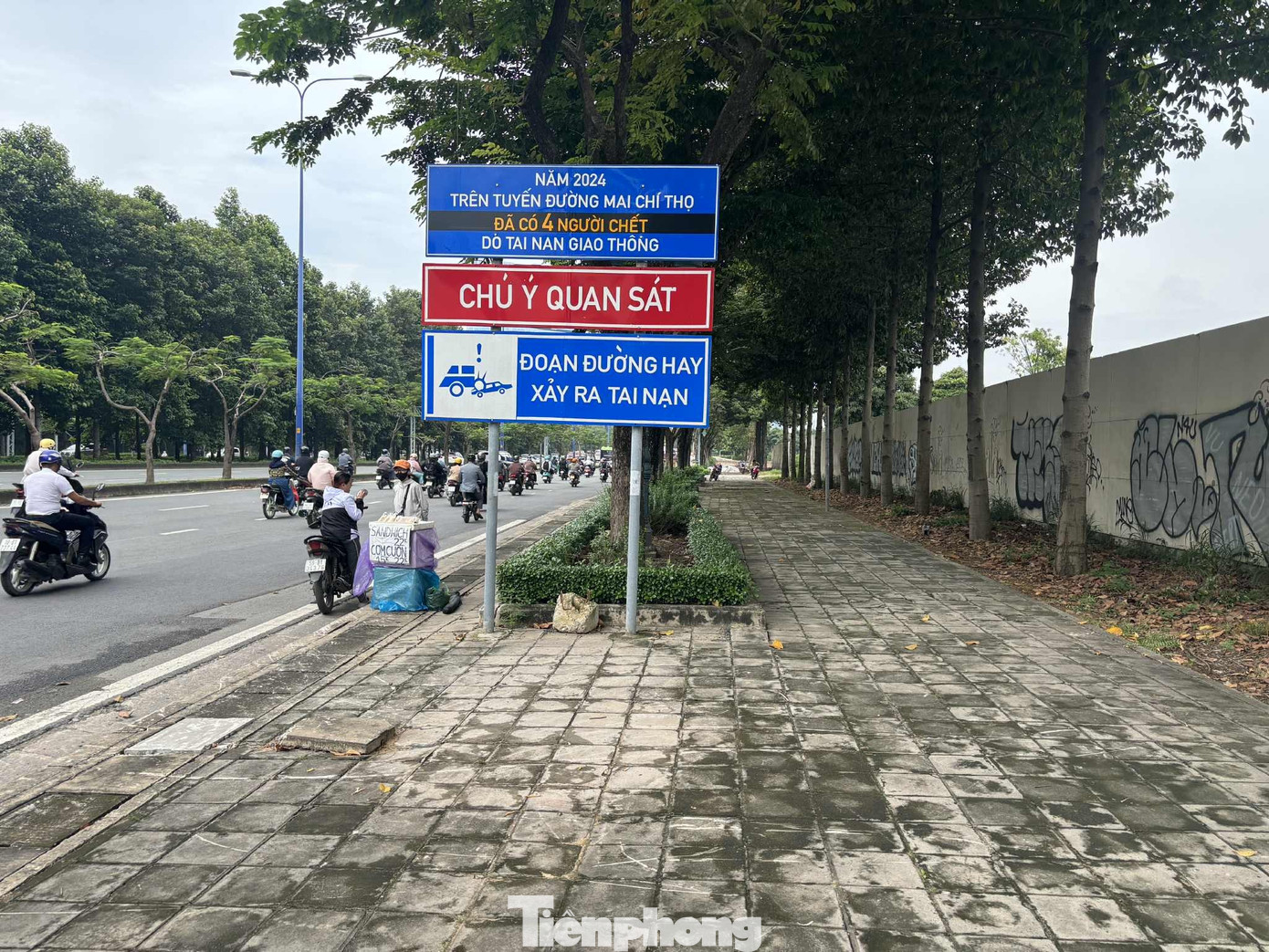
Mr. Đoàn Văn Tấn, Director of the Urban Traffic Management Center, stated that Mai Chí Thọ Avenue was chosen as a pilot for the bicycle lane project due to its status as a major thoroughfare with suitable conditions for implementation.
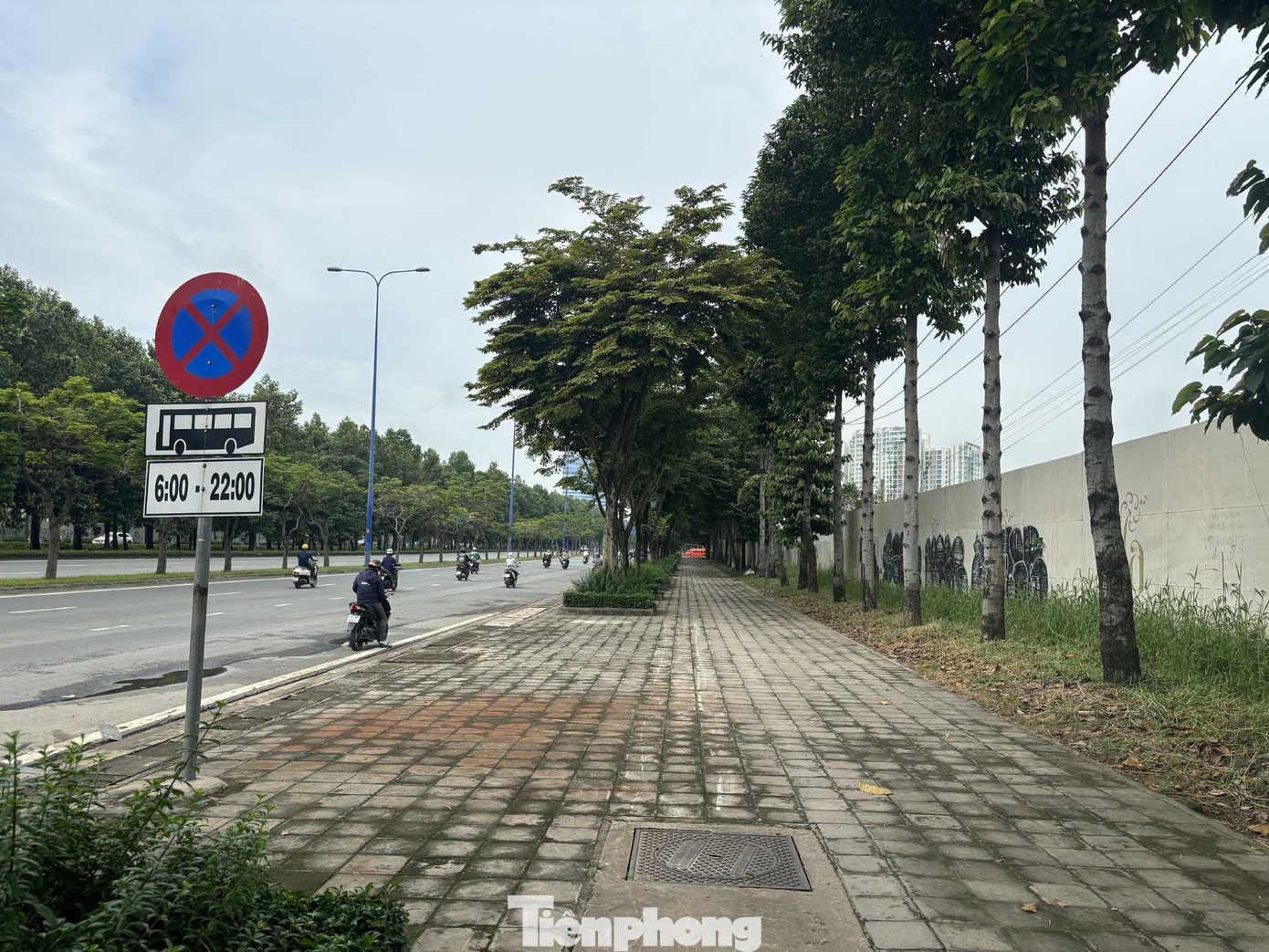
Mai Chí Thọ Avenue spans over 6.3 km, starting from the Saigon River Tunnel and ending at the Cát Lái intersection with Võ Nguyên Giáp Street. With an average cross-section of 100 meters and 10-14 lanes, it’s considered the backbone of eastern Ho Chi Minh City’s transportation network.

Representatives from the Urban Traffic Management Center highlighted the avenue’s connectivity with bus and metro systems, promoting public transportation. Once completed, the bicycle network on Mai Chí Thọ Avenue will link major residential areas like Sala, Newcity, The Sun Avenue, and the Saigon Riverside Park with Metro Line 1 at Rạch Chiếc Station, creating a seamless green transportation corridor.
Starting in 2026, Ho Chi Minh City will expand the bicycle lane network on Mai Chí Thọ Avenue with two new sections.
The first section will run from Nguyễn Cơ Thạch Street to Saigon Riverside Park (bidirectional), spanning 1.4 km per direction. The second section will connect D1 Intersection – Mai Chí Thọ Avenue to Võ Nguyên Giáp Street, directly linking to An Phú Metro Station, covering 2.5 km per direction. Concurrently, the city aims to develop a public bicycle system integrated with other passenger transport modes like buses, river buses, and the metro.
By 2030, Ho Chi Minh City plans to have at least 8,000 public bicycles in the central area, with approximately 5,000 deployed in the initial phase at key locations such as Thu Duc University Village, Thu Thiem Urban Area, and along metro lines. Notably, the entire public bicycle project will be implemented through social funding, without using state budget resources.
Lumière Midtown: The Allure of a Green Living Icon in the Heart of Urban Prosperity
In the relentless rhythm of urban life, discerning residents seek a sanctuary that seamlessly blends comfort with rejuvenation, offering a harmonious balance to their emotions. Strategically positioned at the heart of Ho Chi Minh City’s core, Lumière Midtown has made an indelible mark since its debut, captivating the attention of sophisticated clientele with its unparalleled allure.

